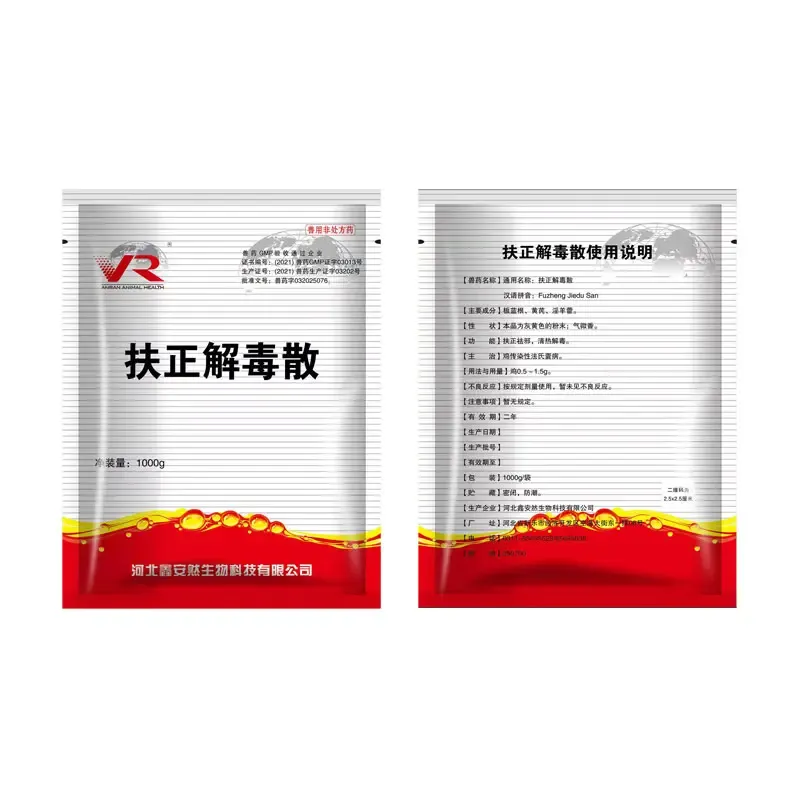- Afrikaans
- Albanian
- Amharic
- Arabic
- Armenian
- Azerbaijani
- Basque
- Belarusian
- Bengali
- Bosnian
- Bulgarian
- Catalan
- Cebuano
- Corsican
- Croatian
- Czech
- Danish
- Dutch
- English
- Esperanto
- Estonian
- Finnish
- French
- Frisian
- Galician
- Georgian
- German
- Greek
- Gujarati
- Haitian Creole
- hausa
- hawaiian
- Hebrew
- Hindi
- Miao
- Hungarian
- Icelandic
- igbo
- Indonesian
- irish
- Italian
- Japanese
- Javanese
- Kannada
- kazakh
- Khmer
- Rwandese
- Korean
- Kurdish
- Kyrgyz
- Lao
- Latin
- Latvian
- Lithuanian
- Luxembourgish
- Macedonian
- Malgashi
- Malay
- Malayalam
- Maltese
- Maori
- Marathi
- Mongolian
- Myanmar
- Nepali
- Norwegian
- Norwegian
- Occitan
- Pashto
- Persian
- Polish
- Portuguese
- Punjabi
- Romanian
- Russian
- Samoan
- Scottish Gaelic
- Serbian
- Sesotho
- Shona
- Sindhi
- Sinhala
- Slovak
- Slovenian
- Somali
- Spanish
- Sundanese
- Swahili
- Swedish
- Tagalog
- Tajik
- Tamil
- Tatar
- Telugu
- Thai
- Turkish
- Turkmen
- Ukrainian
- Urdu
- Uighur
- Uzbek
- Vietnamese
- Welsh
- Bantu
- Yiddish
- Yoruba
- Zulu
Samh . 23, 2024 15:57 Back to list
ivermectin injectable for sheep
Ivermectin Injectable for Sheep A Comprehensive Guide
Ivermectin injectable formulations have emerged as a pivotal tool in modern sheep management, providing effective treatment against a range of internal and external parasites. This article delves into the application, benefits, and safety considerations of using ivermectin injectable for sheep, supporting farmers and veterinarians in making informed decisions.
Understanding Ivermectin
Ivermectin is a broad-spectrum antiparasitic agent that belongs to the class of drugs known as macrocyclic lactones. It was discovered in the late 1970s and has since become one of the most widely used veterinary medications. Its effectiveness against a variety of parasites, including gastrointestinal worms, lungworms, and ectoparasites such as lice and mites, makes it essential in sheep health management.
Indications for Use
The primary indication for ivermectin injectable in sheep is the control of parasitic infections. It is particularly effective against
1. Gastrointestinal Nematodes These include common species like Haemonchus contortus (barber’s pole worm), Teladorsagia (Ostertagia) circumcincta, and Trichostrongylus species. 2. Lungworms Ivermectin is effective against Dichelobacter, the lungworm prevalent in sheep.
3. Ectoparasites The injectable form is also useful for controlling infestations of mites and lice, addressing both welfare and economic concerns.
Benefits of Injectable Ivermectin
1. Rapid Absorption and Efficacy The injectable form allows for rapid absorption into the bloodstream, leading to quicker results compared to oral formulations. This is particularly advantageous in cases of severe parasitic infections.
2. Reduced Dosing Frequency Depending on the formulation, ivermectin can offer prolonged effectiveness, reducing the frequency of treatment. This is beneficial for both animal welfare and labor management on farms.
3. Ease of Administration The injectable route is straightforward, minimizing stress on animals when administered properly. Training for proper injection techniques can lead to improved outcomes.
4. Wider Range of Action Injectable formulations can be used in situations where oral administration may be impractical, such as in sick animals or those that are not eating well.
ivermectin injectable for sheep

Administration Guidelines
The administration of ivermectin should always follow the manufacturer's guidelines and the advice of a veterinarian. Key considerations include
- Dosage Typical doses of injectable ivermectin for sheep range from 0.2 to 0.5 mg/kg of body weight. It is crucial to calculate the dose based on the weight of each sheep to avoid underdosing or overdosing.
- Injection Site Administer the injection subcutaneously, usually in the neck region or behind the foreleg to minimize adverse reactions.
- Withdrawal Period As with any medication, adhering to the recommended withdrawal times before slaughter is essential to ensure that drug residues do not remain in the meat.
Safety and Precautions
While ivermectin is generally safe when used appropriately, some precautions should be observed
1. Pregnant and Lactating Ewes Consult a veterinarian before administering to pregnant or lactating ewes, as there may be specific recommendations based on the stage of gestation or lactation.
2. Interactions with Other Medications Always inform the veterinarian of other medications the sheep may be receiving to avoid potential interactions.
3. Resistance Management Over-reliance on any antiparasitic treatment can lead to the development of drug resistance. Implementing a rotational deworming program and integrating other control strategies can help mitigate this issue.
Conclusion
Ivermectin injectable is a valuable asset in the fight against parasitic infections in sheep. Its rapid action, broad-spectrum efficacy, and ease of use contribute significantly to sheep health management. However, it is imperative for farmers and veterinarians to use it judiciously and in conjunction with comprehensive flock management practices. Through careful administration and adherence to guidelines, sheep producers can maintain healthy flocks, enhance production efficiency, and safeguard animal welfare.
-
Guide to Oxytetracycline Injection
NewsMar.27,2025
-
Guide to Colistin Sulphate
NewsMar.27,2025
-
Gentamicin Sulfate: Uses, Price, And Key Information
NewsMar.27,2025
-
Enrofloxacin Injection: Uses, Price, And Supplier Information
NewsMar.27,2025
-
Dexamethasone Sodium Phosphate Injection: Uses, Price, And Key Information
NewsMar.27,2025
-
Albendazole Tablet: Uses, Dosage, Cost, And Key Information
NewsMar.27,2025













